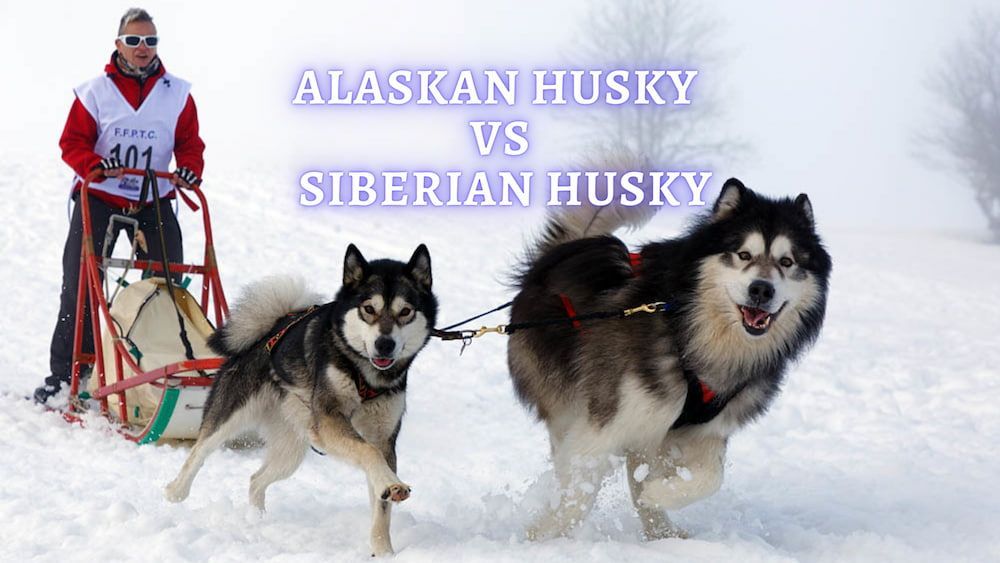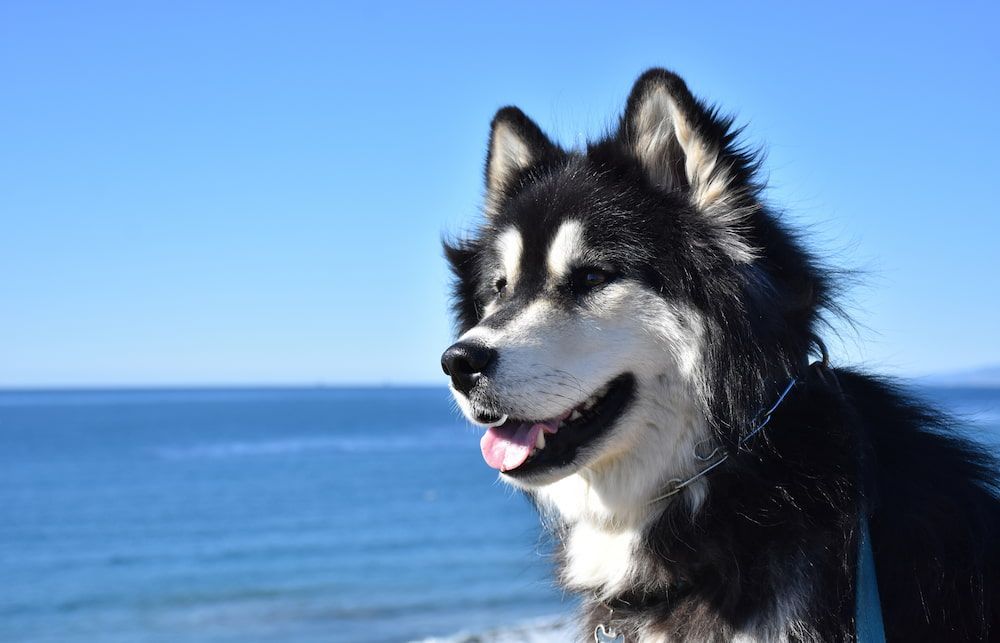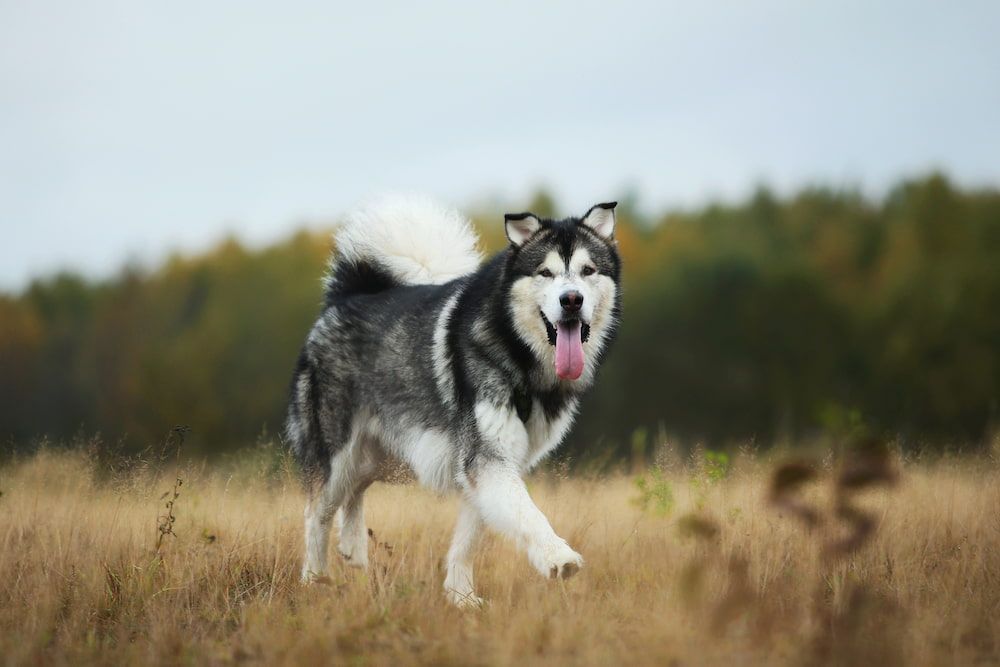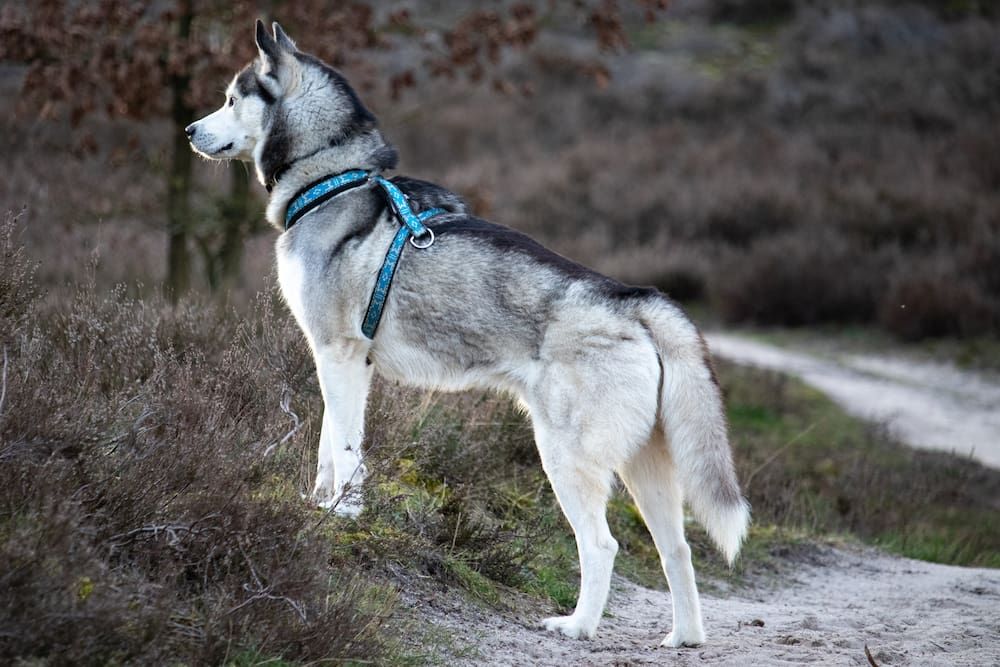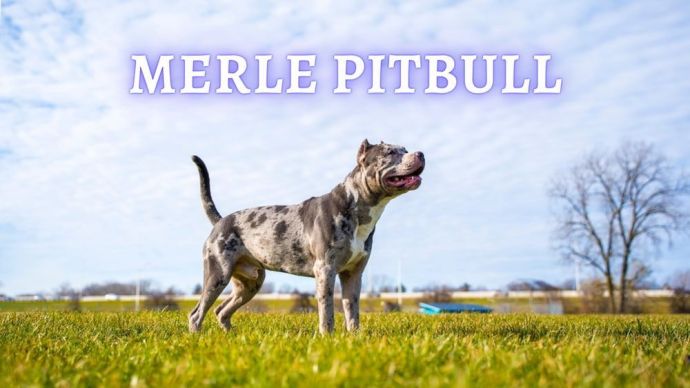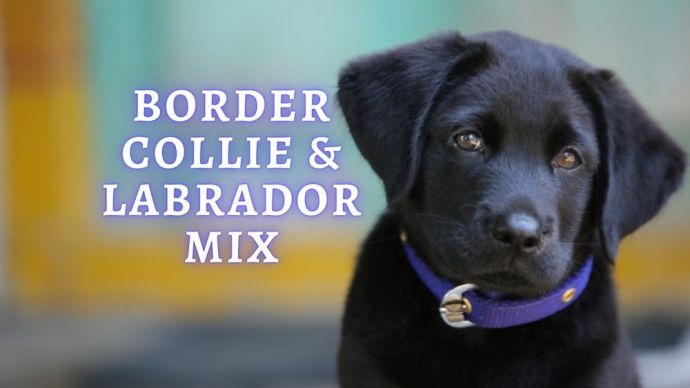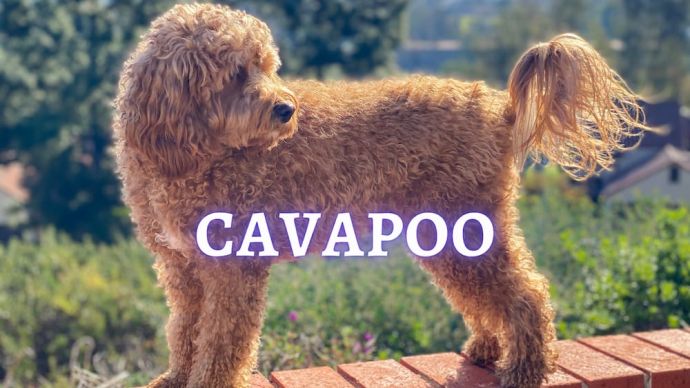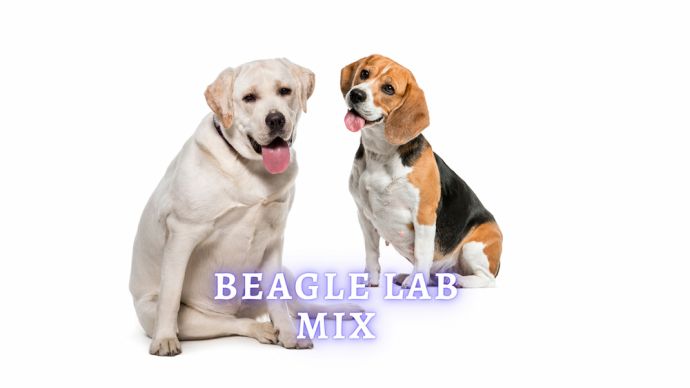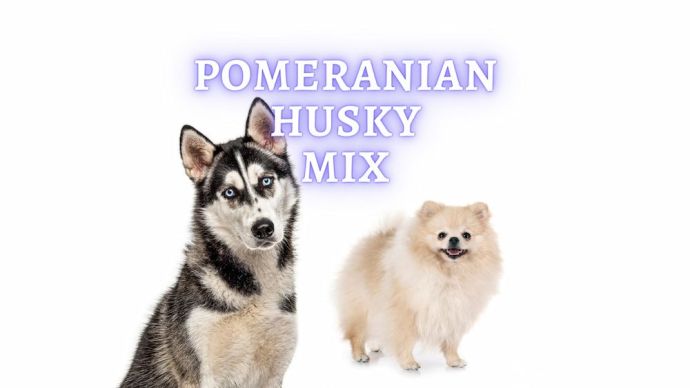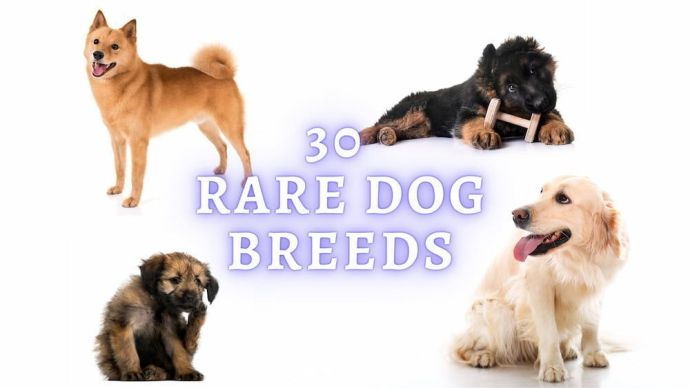Alaskan Husky vs Siberian Husky: How can you tell an Alaskan Husky from a Siberian Husky?
Written by:
Author: Marissa Prizio
Marissa Prizio attended the University of New Hampshire and earned a bachelor's degree in biomedical Animal Science. Marissa has always enjoyed writing; she was even mixing literature classes into her science major in college. During her writing career, she has edited eBooks, written for a variety of websites, and created audio-visual courses for sustainability.
View all 36 articlesLearn about our editorial process and veterinary review board.
Viewed: 130
Updated on: 06/01/2022
What medium to large dog breed is fluffy with a saddle-back pattern and a love for cold weather? Depending on who you ask, you may get various answers, including the Siberian husky and the Alaskan Husky. To the untrained eye, these breeds may be indistinguishable from each other, but key differences are prominent in any purebred dog from these groups.
When it comes to comparing the Alaskan husky vs Siberian husky you may be surprised to find that these two breeds have almost as many similarities as differences. Either breed can make great family pets, but finding the perfect fit for your family means you have to understand their differences.
Breed Origins
The iconic look of husky breeds screams sled dogs & snow, but today both breeds have become popular household pets that can be found in a variety of climates. Understanding the differences between the Alaskan husky vs Siberian husky helps break the breeds down to their icy origins. Origins that reach back over 9,000 years and connect the two breeds with a common ancestor. [1]
Alaskan
Let’s start with explaining exactly what an Alaska husky is to clear up any confusion. The term “Alaskan husky” is commonly used to refer to a registered breed known as the Alaskan Malamute. [2]This breed is native to Alaska and originated alongside the native people. They were initially bred to pull sleds through snowy landscapes, especially ones with heavy loads.
The harsh climate of their arctic region influenced their breed’s strength, resilience, and pack behavior. Alaskan mushers specifically bred Alaskan malamutes to be excellent sled and family dogs rather than guard dogs.
Due to the breed’s similarities with Siberian huskies, two things happened. First, unfamiliar people with the breeds confused the two and often referred to Alaskan malamutes as the “Alaska husky”. Secondly, Alaskan malamutes were bred with other dogs, including the Siberian husky, resulting in mixed breeds like Alaskan huskies. [3] For consistency, we will use the term “Alaskan husky” to refer to the registered breed, the Alaskan malamute.
Siberian
Eastern Siberia was the birthplace of this stunning sled dog. [4] The Siberian husky came to America in 1909, where they joined the ranks of Alaskan breeds in sled dog races. [5] They are smaller than their Alaskan cousins and were bred solely for pulling relatively light sleds over long distances.
Their sled pulling specialties turned this breed from an underdog in the race to one of the best sled dog breeds in Alaska. At the time, they were not registered, and Siberian mushers bred the dogs with a focus on their abilities rather than their appearance. [5] With their sledding success came popularity and breed organizations took notice as Siberian sled dogs took on an iconic look through careful American breeding.
RELATED: Best Harness for Husky
Appearances
When it comes to analyzing the Alaskan husky vs Siberian husky their differences are most apparent when the two are side by side. Most people get caught up on their thick double coats, but there is so much more to these breeds than their similar fur types.
Alaskan
The Alaskan husky, known by the registered breed Alaskan malamute, is the bigger of these two breeds. The size difference is clear when the two are side-by-side, with these huskies ranging from 75 to 85 pounds as adults. [2] Everything seems broader and heartier from their muzzles to their paws than their Siberian counterparts.
When analyzing the face of an Alaskan husky with the purebred status, you should expect to find ears that stand tall but are seated slightly forward on the head. Their big brown eyes contrast the white mask pattern found on their face, and unlike Siberian huskies, Alaskans are only allowed to have brown eyes. [2] [6]
As for the coat, their thick fur becomes even longer around their shoulders and the plume of their tail. The American Kennel Club acknowledges eight two-tone fur color combinations containing white in a saddle pattern and solid white coloration. [2]
Siberian
Siberian husky dogs originally existed with no preference for appearance, but careful breeding had established a breed standard that has become very well known. Most Siberian huskies weigh between 35 to 60 pounds, with the female Siberian falling on the lower end of that range. [4]
High-set perky ears and a medium-sized muzzle give their face a more slender appearance than their Alaskan counterparts. [6] Siberians are also known for their almond-shaped blue eyes. Some dogs also display mixed brown and blue eyes that create a unique look.
The Siberian huskies coat is a uniform length across the body, displaying a slender but sturdy build and graceful legs. Their coat is generally a saddle pattern that can be solid black, solid white, or seven two-tone variations that all include white. [4]
READ MORE: Alaskan Malamute and Siberian Husky Differences
Temperament
Not all working dogs have the same personality, and these two are prime examples. Understanding a breed’s temperament can help you choose the best fit for your family, so pay attention to attributes that sound like they would suit your lifestyle as we continue to compare the Alaskan husky vs the Siberian husky. You may even find favorable attributes in both breeds, making a mixed breed worth some consideration.
Alaskan
In historic Alaska, working dogs were a big part of daily life. This meant they served as loving family dogs but also had to have an intense work drive, be eager to please, and protect their family. These requirements were continuously developed to produce the high-energy, loving, and curious canine we know today. [2]
Alaskan huskies typically enjoy spending time with family, but they are not the most affectionate breed and they can be standoffish with other dogs. [2] [6] As working dog, they are packed with a ton of physical and mental energy which is balanced with high trainability. While they aren’t as immediately defensive as a protective breed like the german shepherd, they will be vigilant of strangers approaching their family or home.
Siberian
Combine the Alaskan’s high-energy working dog personality with a golden retriever’s loving and playful nature, and you get a Siberian husky! If they are not burning off energy, they are probably spending time with their people, or any people. The Siberian husky temperament is very open to strangers, other dogs, and anyone who gives them attention. [4] [5]
This breed will also keep you busy since the Siberian’s intelligence ranks similarly to the Alaskan husky, but it is combined with less eagerness to please. This results in slightly more difficult training, but it’s nothing an experienced dog owner can’t handle. You should also brace yourself for a vocal companion, as Siberian sled dogs are known for their chatty nature. [4]
READ MORE: 30 Most Rare Dog Breeds
Health Expectations
Pure breed dogs carry specific health concerns and care expectations due to their lineages. When assessing the Alaskan husky vs. Siberian husky, the health expectations are pretty similar, with a few exceptions.
Alaskan
Alaskan huskies were bred for shorter distance races with heavy cargo, and as a result, they require regular intensive exercise to maintain their health both physically and mentally. [6] Their history as working dogs in cold climates means the breed was developed with a focus on the physique and is generally considered a healthy dog.
The most prominent health concern for these sled dogs is Alaskan husky encephalopathy. [7] This neurological disorder is passed on through genetics, poor breeding, and an incurable brain disease that causes seizures, trouble walking, and other motor function issues. Encephalopathy should always be checked for when purchasing a puppy of this breed.
Siberian
Siberian Huskies need plenty of physical and mental stimulation like smaller sled dogs built for running long-distance races with lighter loads. [6] Sled dogs don’t need to pull a sled to be healthy, but they will want to run and frolic in frigid temperatures.
The American Kennel Club does not recognize any significant Siberian husky health problems, and this is likely because well-bred individuals have carried on the resilient genetics of their ancestors.
Which Breed Should I Chose?
When comparing an Alaskan husky vs. a Siberian husky, it can be challenging to determine your perfect match. While both breeds prefer a cold climate and require a serious commitment to grooming, they are also vastly different.
To find your perfect family pet, consider what size dog you would be most comfortable with. Both have high exercise requirements and need plenty of mental stimulation, but Siberian Huskies are generally smaller. While both love a good howl, Alaskan huskies are usually quieter than their Siberian cousins. If you don’t have other dogs and are looking for a vigilant companion, an Alaskan husky may fit your lifestyle better while the Siberian can flourish in multidog homes and busy social settings. [2] [4] [6]
Each dog is unique, so it may also help to meet a dog in person before deciding your best fit based on breed alone. You may not even have to compare the Alaskan husky vs. Siberian husky since years of cross-breeding have resulted in mixed dogs with traits from each pure breed and maybe a few others! If the dog lovers in your family decide on a mixed breed, be sure to check shelters, you never know where you will find your next ideal canine companion.
READ MORE: Friendliest Dog Breeds
Article Sources:
- Handwerk, Brian. “Husky Ancestors Started Hauling Sleds for Humans Nearly 10,000 Years Ago.” Smithsonian Magazine, 25 June 2020, smithsonianmag.com/science-nature/husky-ancestors-sled-dog-dna-180975180/.
- “Alaskan Malamute.” American Kennel Club, akc.org/dog-breeds/alaskan-malamute/.
- Butcher, Susan. “Dogsled Racing | Sport.” Encyclopedia Britannica, britannica.com/sports/dogsled-racing#ref917092.
- “Siberian Husky.” American Kennel Club, akc.org/dog-breeds/siberian-husky/.
- Thomas, Robert. “ The Siberian Husky a Brief History.” Siberian Husky Club of America, shca.org/siberian-husky-history.
- Gibeault, Stephanie. “Meet Two Similar Yet Different Breeds: Siberian Husky and Alaskan Malamute.” American Kennel Club, akc.org/expert-advice/dog-breeds/siberian-husky-vs-alaskan-malamute/.
- Alaskan Husky Encephalopathy (AHE). Veterinary Genetics Laboratory. 1 May 2022, vgl.ucdavis.edu/test/alaskan-husky-encephalopathy.
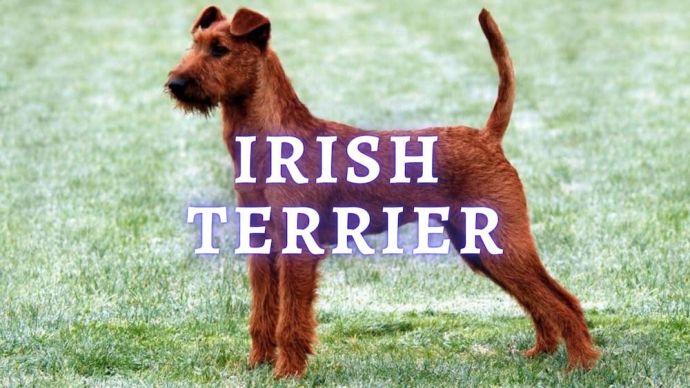 Dog Breeds Irish Terrier Breed Information: Health, Activity Level, Temperament and Personality
Dog Breeds Irish Terrier Breed Information: Health, Activity Level, Temperament and Personality - 1937
- 1
 Dog Veterinary Tips Why is my Dog throwing up: Causes and Preventing (Veterinary Advice)
Dog Veterinary Tips Why is my Dog throwing up: Causes and Preventing (Veterinary Advice) - 23424
- 5
 Dog Care Why Is My Dog Bleeding From Its Butt? Causes and treatment of rectal bleeding in the dog
Dog Care Why Is My Dog Bleeding From Its Butt? Causes and treatment of rectal bleeding in the dog - 22076
- 0
 Dog Care My Dog Keeps Scratching His Mouth: Reasons Why Your Dog Scratching Face
Dog Care My Dog Keeps Scratching His Mouth: Reasons Why Your Dog Scratching Face - 17561
- 1









